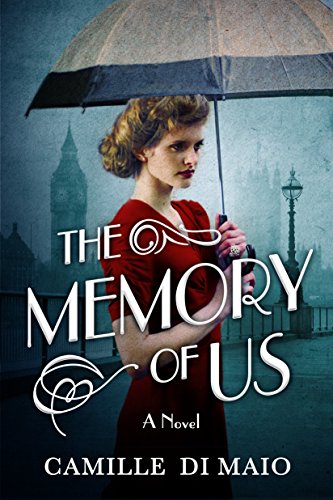The Memory of Us
England, 1961. The suicide attempt of a lonely midwife is interrupted by a boy whose mother has gone into premature labor. When the midwife hears the name of the priest who is called to the woman’s bedside, she is transported back to her youth, when she fell in love with a man by the same name. The story then shifts to 1937 and moves into The Thorn Birds territory, with a seemingly-impossible love between Julianne Westcott, a pretty Liverpool socialite, and Kyle McCarthy, a poor Irish-Catholic seminarian.
I love stories about good priests with normal human failings. Kyle might be too good for some readers, but I found him more interesting than Julianne and wished the story had been told from his point of view instead of hers. This is not inspirational fiction, but it does have a subtle Christian undercurrent.
The first half of the novel is stronger than the second half, with vivid descriptions, fully fleshed-out scenes, and plausible dilemmas. Di Maio is a competent writer who can hook the reader with strong dialogue and a compelling story. However, aside from descriptions of clothing, the novel is light on historical detail. Furthermore, the main conflict is resolved quickly, and subsequent events seem contrived, as if the author realized she let her characters off the hook too easily and needed to throw new problems at them. The decisions Julianne makes after the war are so baffling and implausible that I lost sympathy for her. The second half was also dominated by telling rather than showing, keeping the reader at a distance. Readers may be willing to overlook the weaknesses of the second half of the novel in light of the strengths of the first half.










